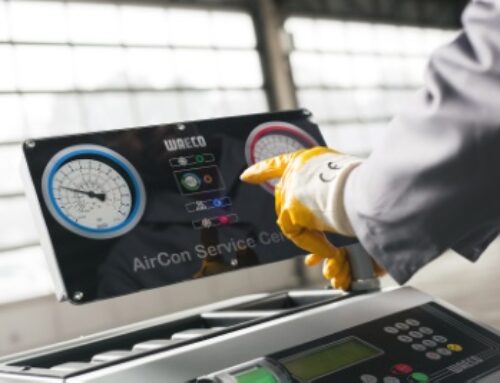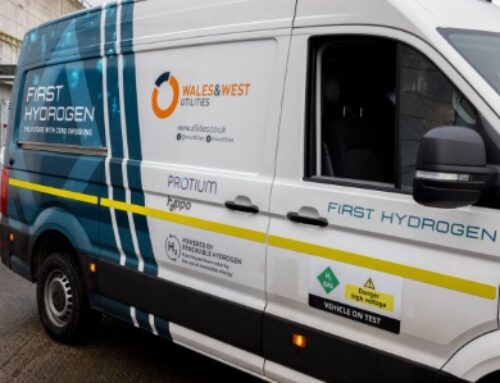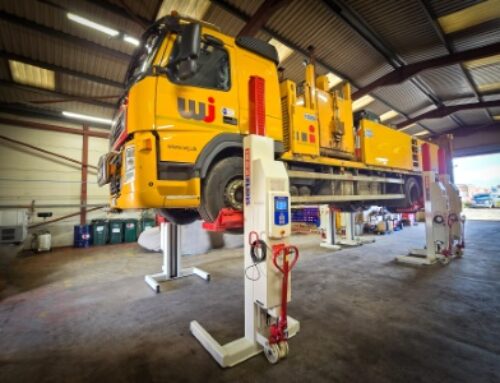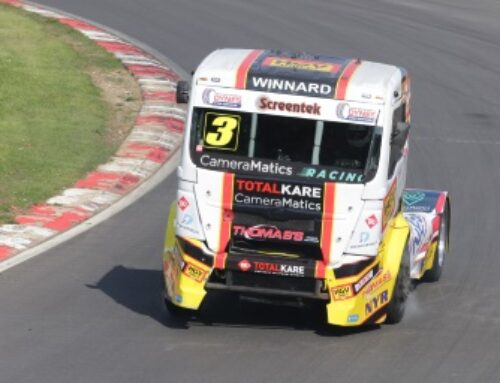Technical tyre talk
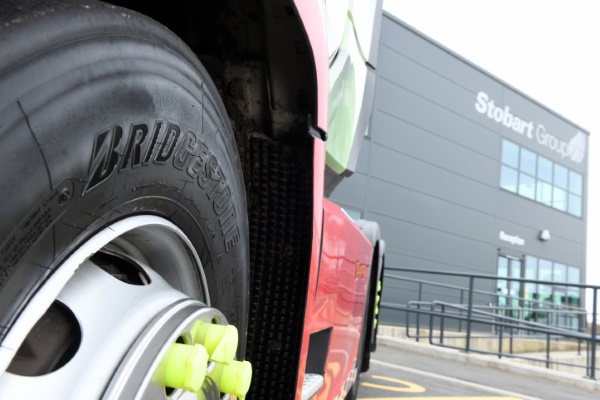 Gary Powell, technical manager at Bridgestone, provides tyre maintenance advice for fleets
Gary Powell, technical manager at Bridgestone, provides tyre maintenance advice for fleets
Tyre technology remains one of the motor industry’s greatest challenges, for it is a ‘game’ in which the goal posts are constantly being moved with higher powered engines, new models, new legislation and environmental requirements.
The customer also has greater safety awareness, is increasingly more demanding, and combined with the increasing vehicle requirements, this creates an enormous challenge for tyre manufacturers.
Bridgestone’s mission is to ‘serve society with superior quality’ and with this in mind the tyre designers and engineers use the latest technology, equipment and the best quality materials to produce our premium Bridgestone tyre products.
Bridgestone produces a wide range of products suitable for many of the daily requirements necessary for today’s busy fleet operators. Used in the correct application and with proper maintenance (for example, correct tyre pressure, correct wheel position, turning on rim, regrooving, retreading, etc), the Bridgestone tyre will produce a good return in performance.
However, whether it’s a passenger tyre, an agricultural tyre, truck or bus tyre, each one of them will need to perform the four basic functions: to contain a volume of pressurised air to support the load; to supplement the vehicle’s suspension (e.g. absorbing shocks from the road surface); to provide directional stability while changing or maintaining the direction of travel; and to transmit traction and braking forces to the road surface.
Without optimum air pressure, the three remaining functions will not deliver optimum tyre performance and it’s this item, tyre inflation pressure, which is often neglected. It is the air within the tyre which carries the load, not the tyre itself.
Air to a tyre is what petrol/diesel is to an engine. It is estimated that over 80 per cent of tyres which fail prematurely have been incorrectly inflated. Both over-inflated and under-inflated tyres are potentially dangerous and reduce tyre life.
The worst possible combination causing premature tyre failure is under-inflation and overloading. Always remember that it is the air within the tyre that supports the load; the tyre is just a vessel to contain the air – the air is the tyre’s ‘fuel’.
In general, the larger the volume of air the higher the load carrying capacity of the tyre. Therefore a bigger tyre will contain more air and therefore carry more weight. As vehicles are designed to carry a wide variety of goods, then the tyres must be designed to support the load at maximum condition. For this reason tyres are available in a wide variety of sizes.
In addition, with growing numbers of Euro VI vehicles/engines that have bigger exhaust systems, AdBlue and additional vehicle safety features, we are applying extra load tyres on the front axle (e.g. 315/70R22.5 has moved from 152/148M to 156/150L).
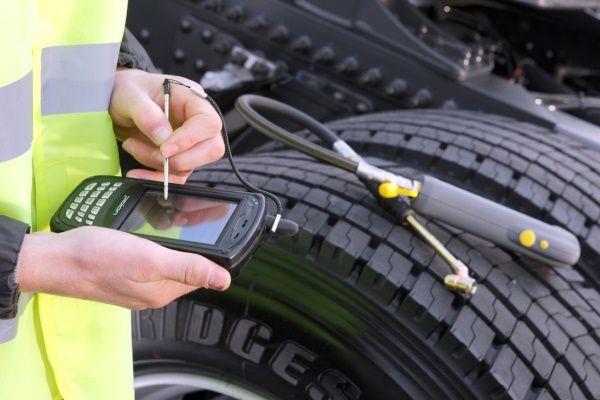 Front axle loads have increased from 7,100kg to +8,000kg, therefore requiring higher inflation pressures (IP) than in the past (e.g. 125PSI or 8.6 Bar to 131PSI or 9 Bar). We also find that many fleet operators or dealers have old compressors that cannot reach these optimum pressure recommendations.
Front axle loads have increased from 7,100kg to +8,000kg, therefore requiring higher inflation pressures (IP) than in the past (e.g. 125PSI or 8.6 Bar to 131PSI or 9 Bar). We also find that many fleet operators or dealers have old compressors that cannot reach these optimum pressure recommendations.
Remember that tyre inflation pressure can impact negatively on tyre life and fuel consumption, if pressures are not maintained. Good tyre IP husbandry can save a fleet thousands of pounds in both tyres and fuel.
Therefore, always check the pressures when the tyres are cold and ideally first thing in the morning and check on a regular basis, ideally when the vehicles come in for their periodic servicing (note: Bridgestone recommends the fitting of high pressure (HP) valve caps, or the use of double-check valves).
Finally, truck tyres may also be given a unique point on top of the standard load index (LI) and speed symbol (SS). This is a load/speed rating under increased load or speed: for example, for a 385/65R22.5 160K the unique point may be 158L – the tyre can perform at increased speed, but decreasing the load. This is an important point to look out for, especially when fitting replacement steer tyres on Euro VI vehicles, as the standard LI/SS may not be suitable for the vehicle plated front axle load.
The second most common maintenance failure is not turning a tyre on its rim or moving across an axle or on a different axle(s) where feasible.
Because of operational factors (e.g. driver behaviour on braking and acceleration, topography of roads, loads carried, vehicle trailer heights, etc) there will be a tendency for mechanical wear to develop. This is more common with high centre of gravity loads seen on higher trailers fitted with 60 Series tyres, where the vehicle movement has a rolling effect over the tyres, in addition to the effects of roundabouts, road conditions, harsh braking and acceleration.
With reference to roundabouts, we see tyre wear particularly on the left front tyre for the UK and Ireland markets, which take enormous dynamic loads when the vehicle goes around the roundabout. Pulling a trailer and axles that are not aligned correctly can also induce mechanical wear.
Therefore, deployment of tyre rotation is essential in order to maximise tyre life (e.g. rotation on rim, across axle, moving to another axle position, etc).
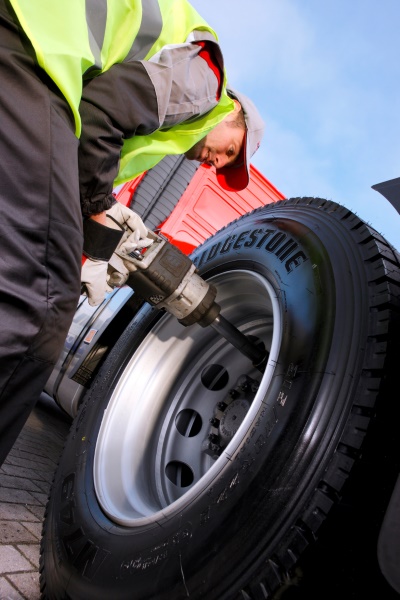 In addition, many modern trucks are fitted with engine brakes (retarders/intarders) that interrupt the cycle of the drive axle, and in effect tries to put the drive tyres into reverse (whilst the vehicle is going forwards).
In addition, many modern trucks are fitted with engine brakes (retarders/intarders) that interrupt the cycle of the drive axle, and in effect tries to put the drive tyres into reverse (whilst the vehicle is going forwards).
This can dramatically affect the tyres’ wear pattern and reduce wear life (all of the engine braking is being done through the drive axle). Therefore, today’s drive patterns are generally directional in nature, which are not so susceptible to the effects of mechanical wear, due to the angling of the tread blocks.
For this reason, ‘heel and toe’ wear (a type of mechanical wear) can be seen on deep treaded block-type drive tyres which have an open tread design (e.g. on/off-road tyres). Usually, the edge of the block that touches the road first (the heel) wears slowly, while the edge that touches it last (the toe) wears much faster.
The result can be blocks that are worn at an angle. Heel and toe wear is rarely a problem in itself, but can lead to more serious alternate block or ‘pumping’ wear, and an increase in tyre generated noise – a good reason for taking corrective tyre rotation action.
By reversing the direction of the tyre’s normal rotation, the forces involved are reversed, and the faster wear is transferred to the other side of the block.
The mechanical wear forces are still there, but the overall wear is more equalised. In addition, ensuring that the tyre pressures are correct and that the tyres are properly twinned will also help to reduce the effects of heel and toe.








